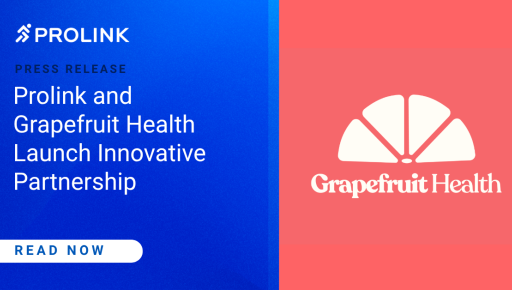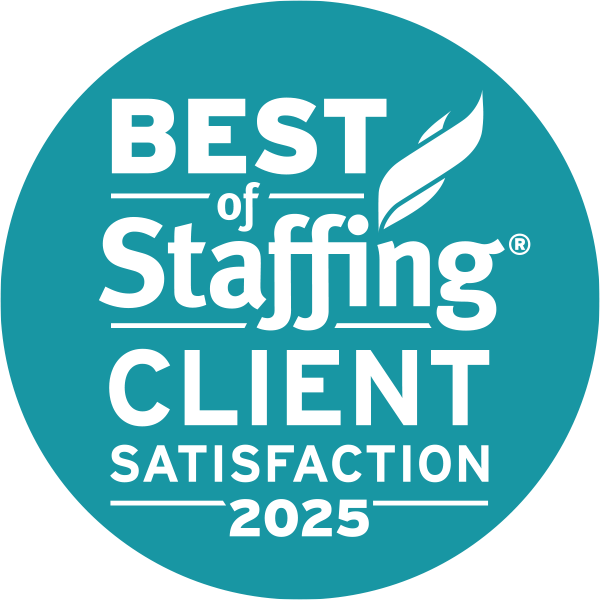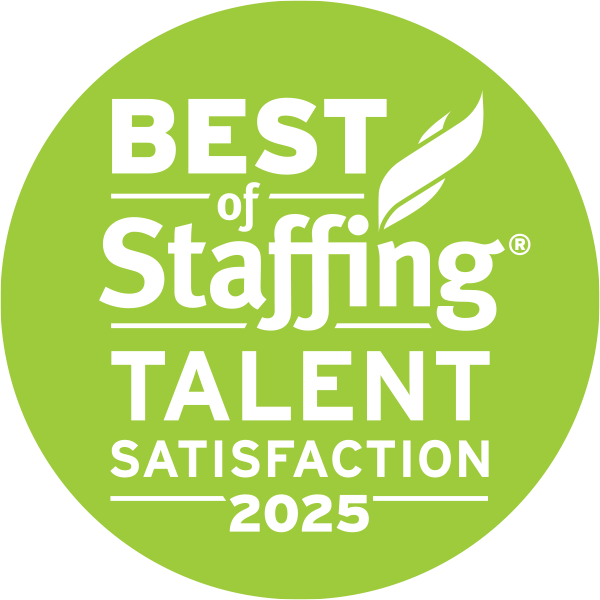Healthcare is the largest employment industry in the United States, and its growth is only accelerating. The Bureau of Labor Statistics predicted in 2019 that 15% more healthcare jobs would be added by 2029. That amounts to over 2.4 million new healthcare jobs. These new roles are not restricted to doctors and nurses. Many non-medical roles will be filled, as well, including those within healthcare administration, which is growing three times faster than that of all other professions.
Experts at Purdue University, the American Institute of Healthcare Professionals, and HCI College, to name a few institutions, point to several factors that are driving this unprecedented growth. These include the following:
An Aging Population
The healthcare industry has fueled our country’s economy for decades. Demand is only increasing as our population grows older and people continue to live longer. The US Census Bureau predicts that the number of people aged 65 and older will grow to 84 million by 2050 (up from 43 million in 2012), and that by 2035 there will be more Americans aged 65 and older than under 18. Older people need a greater complexity and greater quantity of healthcare services, which requires more healthcare workers.
Proliferation of Big Data and the Cloud
The amount of healthcare data doubles every 73 days, according to IBM. With Electronic Health Records (EHRs) or Electronic Medical Records (EMRs) storing detailed patient records, medical facilities are required to track and utilize information originating from multiple sources, including over 325 million connected wearable devices, online diagnostics, genetic sequencing services, and others. This will force medical facilities to focus on the utilization of this data and securitization. Therefore, the need for specialized healthcare IT talent will continue to grow.
A Switch to Value Based Services
Healthcare delivery is changing in America. Healthcare facilities will experience a major shift from the fee-for-service (FFS) payment models to value-based care or VBC in the near future. The FFS model incentivized profits and service quantity. VBC, on the other hand, emphasizes prevention and service quality, as well as transparency. This change will require a complete restructuring of medical facilities’ operational business models.
To survive, medical facilities will need to securely share patient data, increase payer-provider collaboration, invest in information technology, and analytical support. Preventative care will also experience substantial growth, which is a significant change from the reactive care of the past. More patients will seek out health care to prevent chronic disease in the future, creating a boon for medical facilities and the need to hire more specialty care professionals. Examples include home health aides, nursing assistants, medical and lab technicians, and nurse practitioners.
COVID-19
The novel coronavirus has highlighted the country’s need for more healthcare professionals. While rates of the illness appear to be dropping as vaccines become available, the CDC predicts more surges could occur, and variants in the disease could still affect Americans, particularly of the older and high-risk populations. This could place a heavy burden on the healthcare system, requiring the need for more healthcare jobs, such as nurses and respiratory therapists, as well as physicans, since many are retiring in the wake of the most recent pandemic.
More Chronic Disease
The number of Americans with chronic conditions continues to rise. The Centers for Disease Control and Prevention estimates that 6 in 10 adults suffer from a chronic condition and that 4 in 10 have two or more conditions. These include heart disease, cancer, diabetes, obesity, stroke, and arthritis. More healthcare jobs will need to be filled to treat these ailing patients.
Summary
Healthcare jobs are growing at a faster rate than ever before to a wide range of factors. The healthcare jobs highest in demand include home health aides, nurse practitioners, physician assistants, physical therapy assistants, medical assistants, genetic counselors, occupational therapy assistants, massage therapists, physical therapists, and phlebotomists.
Despite these trends in healthcare jobs, hospitals and healthcare systems are likely to see a continued shortage of doctors, nurses, and home health aides. In fact, the BLS states that the U.S. will face a shortage of over a million nurses by 2022. This will require more providers to devote resources toward the recruitment of quality employees as demand continues to grow. Healthcare staffing can facilitate these needs.
About Prolink
At Prolink, we are dedicated to helping healthcare facilities fill their required roles with specialty employees who are ready to hit the ground running. By staffing your facility with contract or contract-to-hire employees who require minimal training to get started, you can reduce hiring costs and improve patient care at any scale. Call and speak to a dedicated account manager to learn more – (866)777-3704, or fill out a contact form and we’ll reach out to you directly!









